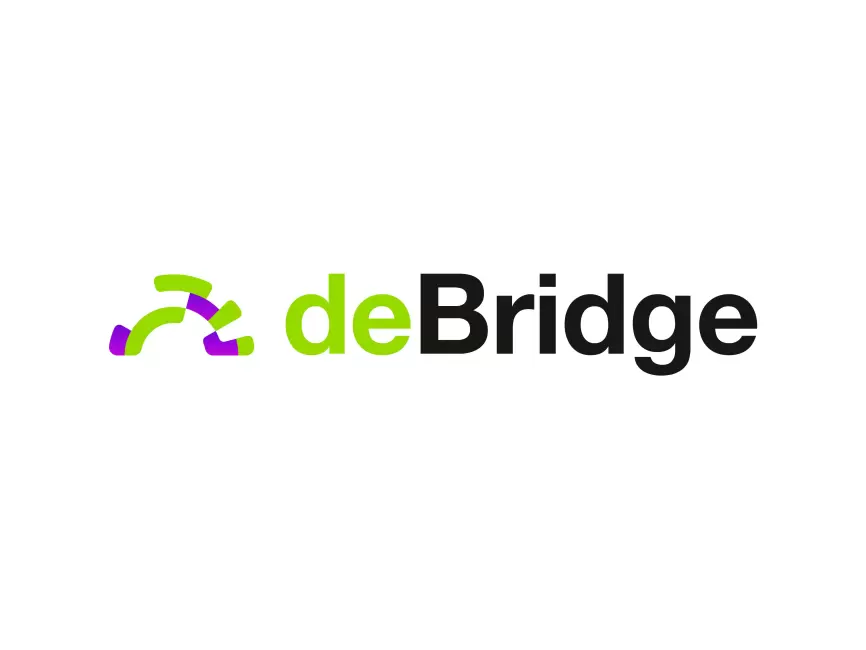Okay, so check this out—I’ve been noodling over cross-chain swaps lately. You know, the whole idea that you can move assets between blockchains without jumping through hoops? At first glance, it sounds like the holy grail for DeFi users. Seriously, who wouldn’t want to swap tokens across chains seamlessly? But then again, my gut said, “Something felt off about the promises being made.”
Wow! The tech behind blockchain bridges is actually pretty wild. These bridges, which connect separate blockchains, have opened up a new frontier for decentralized finance. But here’s the thing. Not all bridges are created equal—some are slow, others vulnerable, and many still rely on centralized checkpoints, which kinda defeats the purpose.
Initially, I thought cross-chain swaps were just about moving tokens from Ethereum to Binance Smart Chain or vice versa. But the deeper I dug, the more I realized they’re the backbone of a truly interoperable DeFi ecosystem. Imagine being able to tap into liquidity pools or yield farms on any chain without locking yourself into one ecosystem. That’s powerful, but also complicated.
On one hand, cross-chain bridges promise freedom and efficiency—on the other, they introduce new security risks that can’t be ignored. Actually, wait—let me rephrase that: the more chains you connect, the wider the attack surface. And we’ve seen that with some high-profile bridge hacks over the past year. Hmm, it’s like unlocking a door only to realize you left the back window open.
One solution I’ve been really impressed with comes from the team behind the debridge finance official site. Their approach to cross-chain swaps and bridging feels robust and innovative, especially in how they handle decentralized governance and security.
Here’s what bugs me about a lot of DeFi protocols trying to do cross-chain swaps: they often sacrifice user experience for complexity. I mean, navigating multiple wallets, approvals, and waiting times can really kill the vibe. If you want mainstream adoption, it can’t feel like rocket science every time.
So, what’s the magic? Honestly, it’s a mix of smart contract design, liquidity management, and user interface that just clicks. Debridge, for example, uses an aggregator that intelligently routes swaps across chains, so users don’t have to manually piece together transactions. And that’s a big deal.
Whoa! Another thing worth mentioning is how these protocols manage liquidity pools. Some rely too heavily on wrapped tokens, which introduces counterparty risk. Others use liquidity providers who stake assets on multiple chains to facilitate swaps. Each method has pros and cons, but the tradeoff between decentralization and efficiency is tricky.
I’m biased, but I think the best cross-chain bridges strike a balance—offering speed and security while keeping user control front and center. There’s this delicate dance between trust minimization and practical design that’s hard to get right.
Let me toss in a quick tangent here—have you ever noticed how some bridges make you wait forever for finality? It’s frustrating, especially when you’re used to the quick confirmations on your native chain. Cross-chain swaps really shine when they’re fast enough for real-time DeFi activities, like arbitrage or yield farming shifts.

Check this out—the teams behind these protocols often implement multi-signature validators or threshold signatures to secure transactions. It’s like having multiple trusted parties co-sign a transfer, reducing risks of single points of failure. Debridge’s model leans on this idea, which makes it stand out in my book.
Why Decentralized Governance Matters for Cross-Chain Bridges
Honestly, the governance side is often overlooked. But it’s very very important. Without decentralized governance, protocols risk becoming centralized bottlenecks or even exit scams. Debridge’s approach, where stakeholders actively participate in decisions, adds a layer of trust and resilience.
Initially, I underestimated how much governance impacts user confidence. But then I realized—if the community controls upgrades, emergency measures, and fee structures, the protocol evolves with its users, not against them. Though actually, governance can introduce delays and disagreements, which can slow innovation.
There’s also an interesting tension between security and usability. Sometimes, more secure protocols mean more steps for users. But if you can’t onboard people easily, security becomes moot. It’s a balancing act that every cross-chain bridge faces.
Hmm… I’m not 100% sure, but I think future bridges will integrate with on-chain identity or reputation systems to streamline security without compromising UX. That’s a wild thought but makes sense given how complex DeFi gets.
Anyway, if you want to check out a practical example of such innovation, the debridge finance official site showcases a protocol that’s tackling these challenges head-on with a user-friendly interface and solid security foundations.
One last thing—cross-chain swaps aren’t just about moving tokens. They’re about creating a whole new asset ecosystem that’s fluid and dynamic across blockchain silos. This will unlock new DeFi use cases we can’t even fully imagine yet.
And, yeah, as promising as this sounds, the technology is still maturing. We will see more failures, hacks, and protocol adjustments along the way. But if you’re patient and curious, this space is incredibly exciting.
So, what’s the takeaway? Cross-chain swaps and blockchain bridges are revolutionizing DeFi by tearing down walls between chains, but they come with real trade-offs in security, complexity, and governance. The best protocols blend innovation with practical user needs, and that’s exactly what projects like Debridge are striving for.
Keep an eye on these developments—because the future of DeFi is not a single chain, but a web of interconnected blockchains that play nicely together. And honestly, I can’t wait to see where that takes us next.